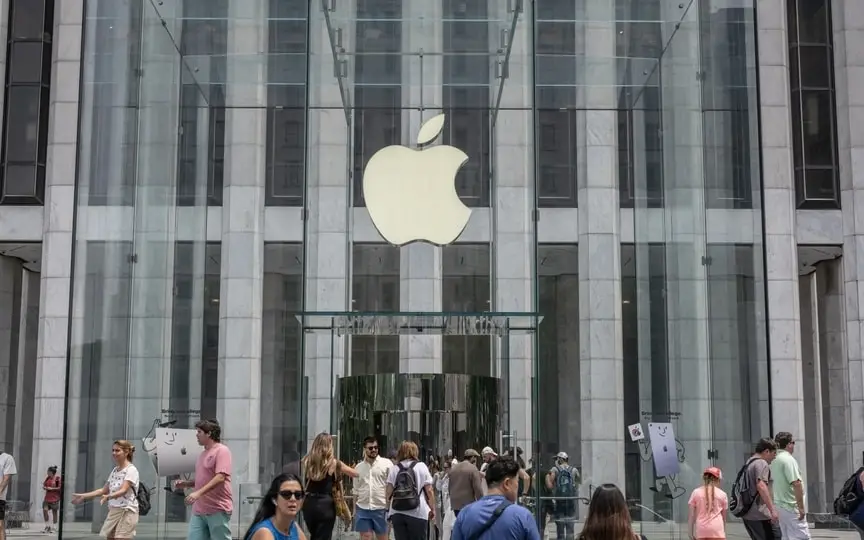Apple Seeks to Maintain iPhone Deliveries Despite 2023 Challenges
According to sources familiar with the matter, Apple Inc. has requested its suppliers to manufacture approximately 85 million units of the iPhone 15 this year, which is similar to the previous year’s production volume.
The Cupertino, California-based company is trying to keep shipments steady despite the global economic turmoil and a predicted decline in the smartphone market. That is likely to add to overall revenue as Apple considers raising the price of Pro models, said the people, who asked not to be named because the targets are not public.
As the world’s most valuable company, Apple’s wealth ripples through the global economy, driving business for thousands of suppliers and fueling millions of jobs from the US and China to Vietnam and India. Its shares are up nearly 50% this year, pushing its market capitalization to $3 trillion.
Apple and its rivals are grappling with a sharp drop in demand for electronics, from smartphones to computers, as businesses and consumers hold back on purchases amid rising prices and economic uncertainty. In the United States, the Federal Reserve Bank is expected to raise interest rates again this week to fight inflation, while China, the world’s second-largest economy, weakened in the second quarter.
Apple’s production schedule is closely monitored due to the company’s wide influence. From Samsung Electronics Co. to Taiwan Semiconductor Manufacturing Co. to Foxconn Technology Group, some of the world’s largest companies depend on the iPhone business to drive growth and margins. Apple said it will stop disclosing specific shipment numbers in 2018, partly to shift investors’ focus to more predictable businesses like the App Store.
This year, the company had to cut a forecast for its upcoming entry-level phones by about 2 million because of production challenges with CMOS image sensors, but it offset the decline by increasing orders for higher-priced Pro models, the people said.
There’s also been a small glitch with the new iPhone displays, but the problem should be fixed within a week or two and won’t have a significant impact on overall production, one of the people said. The data previously reported about display problems.
An Apple representative did not respond to an email request for comment. DigiTimes previously reported that initial volumes for the new iPhones could be between 83 and 85 million.
The company’s forecast of 85 million this year is slightly lower than Apple’s original delivery target of 90 million for the previous two years. But the US company was unable to meet these targets due to chip shortages in 2021 and then prolonged Covid controls in China in 2022, which disrupted production.
Apple’s relatively stable fortunes contrast with the struggles of several rival smartphone companies that build devices with the Android operating system.
According to Counterpoint Research, phone sales have declined for eight consecutive quarters, including an 8 percent drop in the June quarter. Chinese Android brands Vivo and Xiaomi both fell more than 10%.
Counterpoint estimates that Apple’s sales fell 2% in the latest quarter, but its market share rose to 17% due to continued growth in demand for phones selling for $600 or more.
“Apple is riding this ‘premiumization’ wave, gaining record shares in several new markets not typically considered its core markets,” Counterpoint analysts wrote in a report. “A prime example is India, where it grew 50% year-on-year in the second quarter of 2023.”




